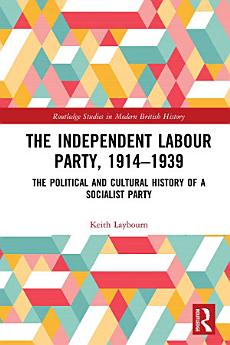The Independent Labour Party, 1914-1939: The Political and Cultural History of a Socialist Party
About this ebook
Although it recovered after the First World War, rising to between 37,000 and 55,000 members, it came into conflict with the Labour Party and two Labour governments over their gradualist approach to socialism. This eventually led to its disaffiliation from the Labour Party in 1932 and its subsequent fragmentation into pro-Labour, pro-communist and independent groups. Its new revolutionary policy divided its members, as did the Abyssinian crisis, the Spanish Civil War and the Moscow Show Trials. By the end of the 1930s, seeking to re-affiliate to the Labour Party, it had been reduced to 2,000 to 3,000 members, was a sect rather than a party and had earned Hugh Dalton’s description that it was the ‘ILP flea’.
In the following monograph, Keith Laybourn analyses the dynamic shifts in this history across 25 years. This scholarship will prove foundational for scholars and researchers of modern British history and socialist thought in the twentieth century.
About the author
Keith Laybourn is the Diamond Jubilee Professor at the University of Huddersfield within the Division of History, where he has previously been Professor of Modern British History. He is also President of the Society for the Study of Labour History.






